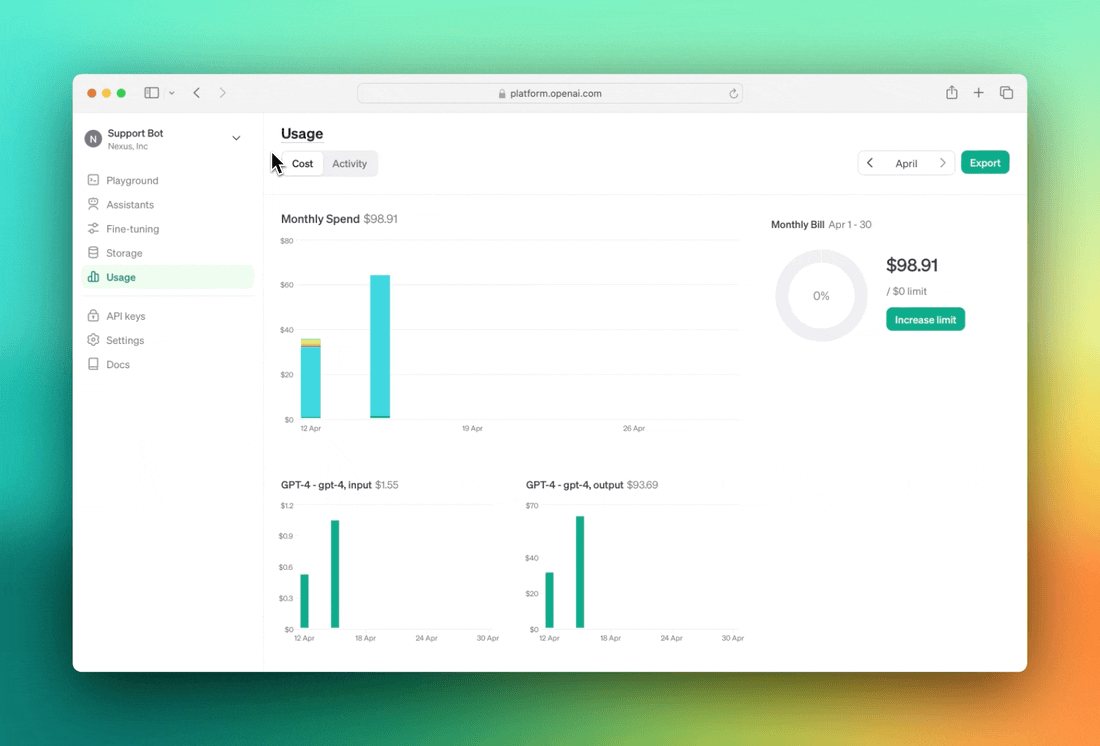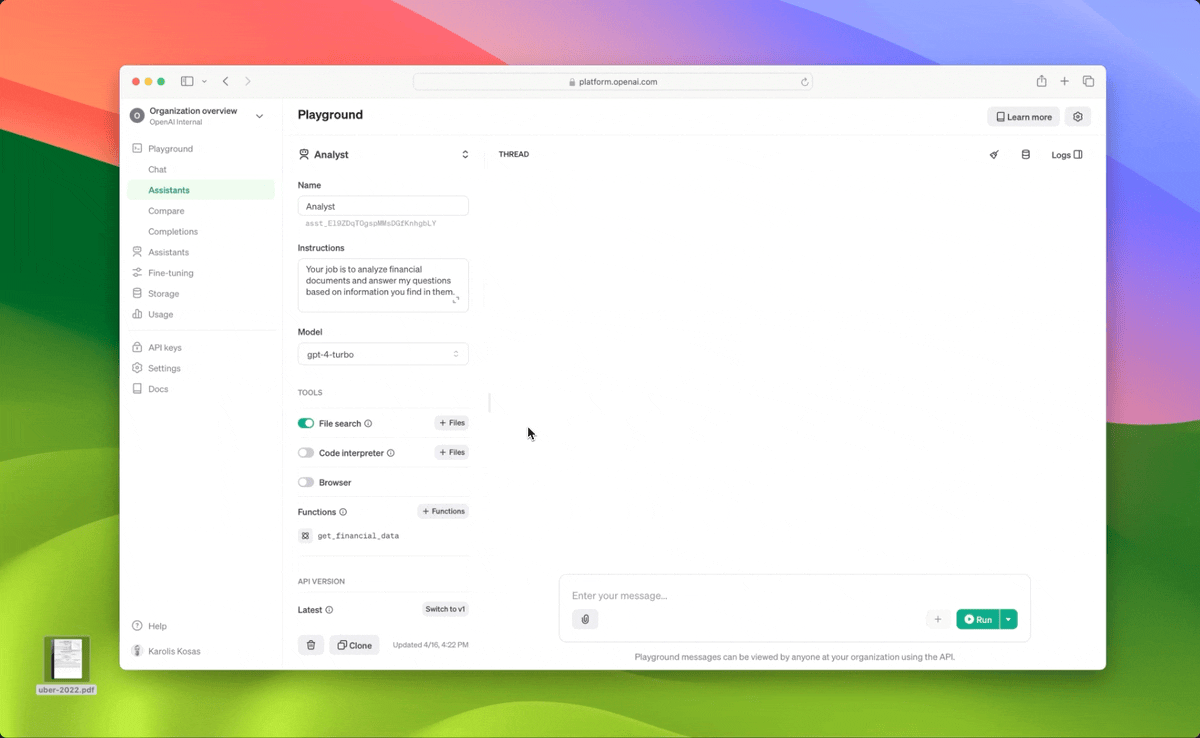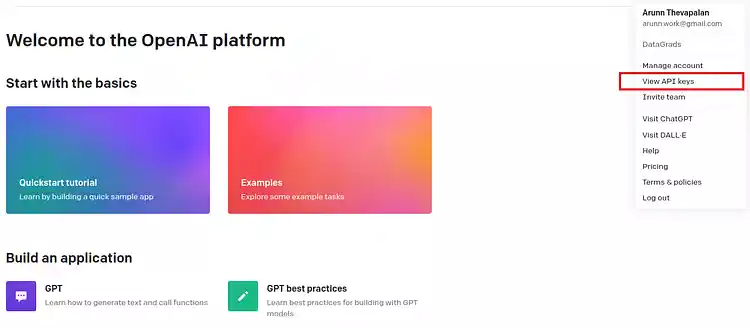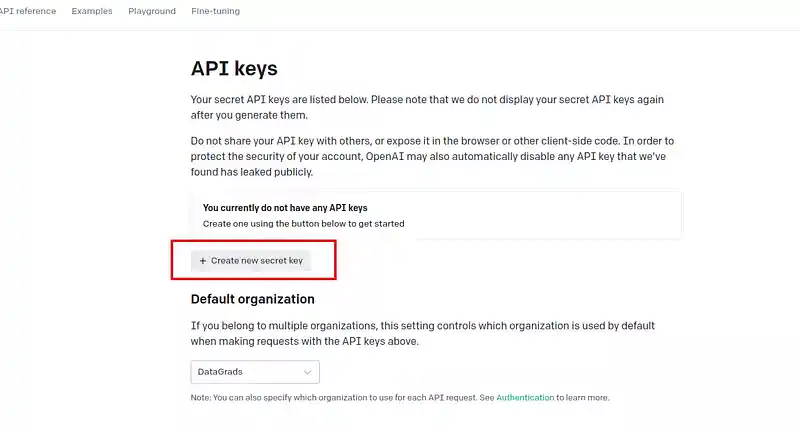Table of Contents
Introduction
In the ever-evolving landscape of artificial intelligence, OpenAI’s latest offering—the New OpenAI Enterprise API—has captured the attention of businesses worldwide. In this comprehensive guide, we explore the features, use cases, and limitations of this powerful tool. Whether you’re a developer, data scientist, or business leader, understanding the capabilities of the New OpenAI Enterprise API is essential for staying ahead in the AI game.
New OpenAI Enterprise API Features
1. Enhanced Enterprise-Grade Security
Security is paramount in today’s digital age. The New OpenAI Enterprise API takes data protection seriously:
- Confidentiality: Your prompts and data are not used for model training.
- Encryption: AES-256 encryption at rest and TLS 1.2+ during transit.
- SOC 2 Compliance: A seal of trust for security-conscious enterprises.
2. Better Administrative Control

Efficient management of AI resources is crucial for seamless operations:
- User Access Control: Fine-tune permissions based on roles.
- Usage Analytics: Monitor and optimize API usage.
- SAML SSO Integration: Streamlined authentication for authorized access.
3. Assistants API Improvements

Unlock the full potential of AI assistants:
- Customizable Assistants: Tailor AI models to specific tasks.
- Richer Context: With 128K token context windows, interactions become more meaningful.
- Workflow Templates: Collaborate efficiently with pre-defined templates.
4. More Options for Cost Management
Budget-conscious organizations will appreciate these features:
- Predictable Pricing: At just $20 per person/month, the New OpenAI Enterprise API offers cost-effective access.
- Expanded Context Window: Longer inputs allow for richer responses.
- Priority Support: Swift assistance when you need it most.
Getting Started OpenAI Enterprise API: A Beginner’s Guide on How to Use OpenAI Enterprise API
If you’re new to the world of OpenAI API, fear not! Let’s walk through the steps to make your first API call in a beginner-friendly manner.
Step 1: Create an OpenAI Platform Account
Before anything else, you’ll need an account on the OpenAI platform. Follow these steps:
- Head over to the OpenAI platform and sign up.
- Complete the prompts to create your account.
- Once signed up, you’ll land on the OpenAI Platform Landing Page.

Step 2: Retrieve Your API Key
Your API key is essential for interacting with the API. Here’s how to get it:
- Navigate to the API keys page in your OpenAI account.
- Click on the API Key sub-menu.
- Create a new API key. Remember to copy and securely store it, as you won’t be able to view it again. If needed, you can generate a new key.

Step 3: Install the OpenAI Python Library
Now let’s set up your local machine to access the OpenAI API using Python. You can install it using pip using the command below:
pip install openai

Step 4: Your First API Call
With your API key and the OpenAI library installed, let’s make your inaugural API call.
Step 5: Explore Further
Congratulations! You’ve made your first API call. Now consider these next steps:
- Explore different engines to find what suits your use case.
- Experiment with various prompts and parameters to observe how the API responds.
- Dive into the OpenAI documentation for more possibilities.
Remember, the future of AI awaits, and you’re on the right path!
Ollama vs LocalAI: The Ultimate Showdown of Open-Source Local LLM APIs
OpenAI Use Cases
Let’s delve into its applications, understand its capabilities, and explore how it can transform businesses worldwide.
1. Chatbots and Virtual Assistants
The New OpenAI Enterprise API’s ability to comprehend and generate human-like text positions it as an ideal choice for creating intelligent chatbots and virtual assistants. Leveraging pre-trained models like GPT-4 or ChatGPT, organizations can deploy conversational agents that interact naturally with users. These agents find applications in websites, applications, and customer service platforms, enhancing user engagement and providing automated support.
2. Sentiment Analysis
Understanding sentiment from textual data is crucial for businesses. With the OpenAI API, organizations can automate sentiment analysis. By analyzing customer reviews, social media comments, or any other textual data, insights can be derived to gauge public opinion and customer satisfaction. Models like GPT-4 or GPT-3.5 play a pivotal role in this process, shaping business strategies.
3. Image Recognition
While OpenAI is renowned for text processing, it also ventures into image recognition. The CLIP model, which learns visual concepts from natural language descriptions, can be accessed through the OpenAI API. Organizations can utilize CLIP for tasks such as object detection, image classification, and more. In fields like healthcare, image recognition can aid in identifying medical conditions from imaging data.
4. Gaming and Reinforcement Learning
The OpenAI API extends its reach to the gaming industry and reinforcement learning environments. Models can be trained or fine-tuned to interact with gaming environments, making autonomous decisions or assisting players during gameplay. Notable examples include Dactyl, which mastered solving a Rubik’s cube using reinforcement learning, and OpenAI Five, which competed against human players in Dota 2.
The New OpenAI Enterprise API empowers organizations across diverse sectors. Whether you’re a developer, data scientist, or business leader, understanding its capabilities opens up unprecedented possibilities.
Difference between OpenAI Enterprise API and ChatGPT API
While both OpenAI offerings provide powerful language capabilities, they serve different purposes:
- Scope: The New OpenAI Enterprise API caters to broader enterprise needs, while ChatGPT API focuses on conversational AI.
- Features: ChatGPT Enterprise includes additional features like assistants and workflow templates.
- Use Cases: Choose based on your specific requirements—whether it’s drafting blogs, coding assistance, or customer support.
What Are the Limitations of ChatGPT API?
Transparency is essential. Here are some limitations to consider:
- Context Sensitivity: ChatGPT API may not always grasp nuanced context.
- Domain-Specific Knowledge: Its knowledge is based on pre-existing data up to 2021.
- Complex Queries: Extremely intricate queries may yield suboptimal results.
Discover The Importance of API Penetration Testing in Modern Software Development
Conclusion
The New OpenAI Enterprise API and ChatGPTAPI empower organizations to harness AI effectively. As you explore these tools, remember that the future is here, and it’s powered by intelligent language models. Dive in, experiment, and unlock the potential!





